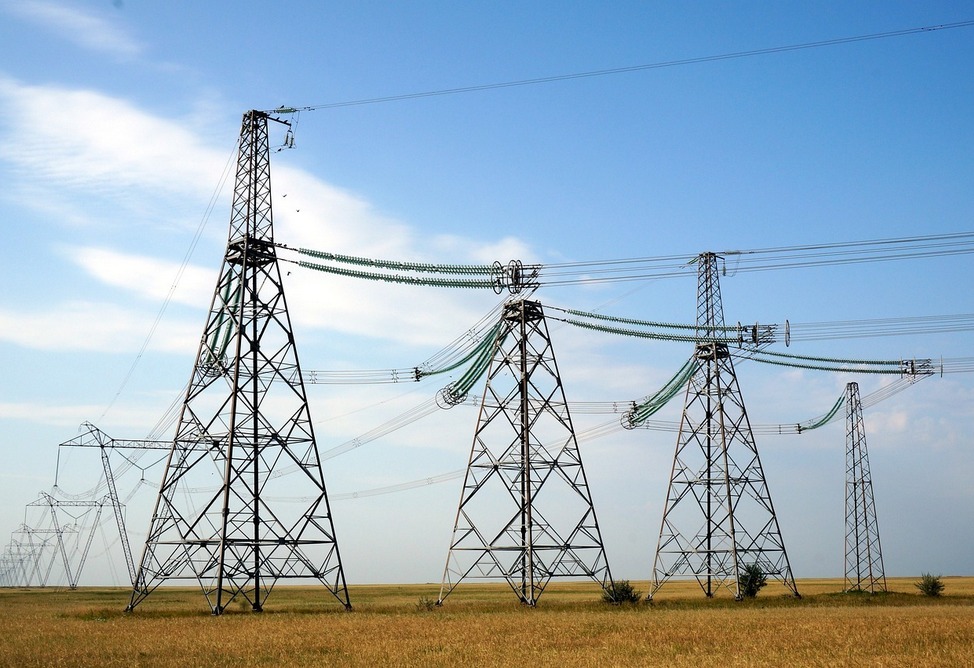Regulator: Armenian government to continue transition from anti-crisis program to balanced policy
04.02.2011,
19:00
Armenian government plans to continue transition from its anti-crisis program to balanced policy, the Central Bank of Armenia says in its monetary policy program for 2011.
YEREVAN, February 4. /ARKA/. Armenian government plans to continue transition from its anti-crisis program to balanced policy, the Central Bank of Armenia says in its monetary policy program for 2011.
The government will continue passage from anti-crisis program to balanced policy by trying to contain on one hand developments that may increase inflationary pressure and on the other hand to support economic growth recovery.
The government intends to ensure 0.3% growth of tax inflow into GDP in 2011, compared with 2010, and handle the planned spending.
Current expenses is planned to grow as capital expenses shrink.
Remarkable is that the ratio of deficit to GDP is projected to contract by one percentage point.
Experts at the central bank say the tax and budget policy will have almost neutral impact on gross demand in 2011, compared with 2010, because of the slight expansionary impact of expenses insignificant taming impact of revenue.
“Nevertheless, the tax and budget policy will have certain expansionary impact on gross demand,” the central bank says in its program.
Impacts of lags in the 4th Q 2010 expansionary budget policy will be seen in the first half of 2011, which will couple with low inflationary pressure in labor markets and neutral impacts of individual expenses. This will create some inflationary pressure that is projected to range between 1.4% and 1.7% in the first half of 2011, while in the second half of this year, the sector’s indicators are believed to have 0.3-to-0.4-percent impact on inflation, taking into account that tax and budget segment will be neutral, inflationary pressure in labor markets will be low and individual expenses will have no impacts.
The 2011 government budget was passed by Armenian National Assembly on December 9.
The budget spending may exceed AMD 1.001 trillion in 2011, revenue is planned to total AMD 852 billion and deficit will amount to AMD 148.6 billion.
GDP growth is projected at 4.6% and inflation at 4±1.5%. -0-
The government will continue passage from anti-crisis program to balanced policy by trying to contain on one hand developments that may increase inflationary pressure and on the other hand to support economic growth recovery.
The government intends to ensure 0.3% growth of tax inflow into GDP in 2011, compared with 2010, and handle the planned spending.
Current expenses is planned to grow as capital expenses shrink.
Remarkable is that the ratio of deficit to GDP is projected to contract by one percentage point.
Experts at the central bank say the tax and budget policy will have almost neutral impact on gross demand in 2011, compared with 2010, because of the slight expansionary impact of expenses insignificant taming impact of revenue.
“Nevertheless, the tax and budget policy will have certain expansionary impact on gross demand,” the central bank says in its program.
Impacts of lags in the 4th Q 2010 expansionary budget policy will be seen in the first half of 2011, which will couple with low inflationary pressure in labor markets and neutral impacts of individual expenses. This will create some inflationary pressure that is projected to range between 1.4% and 1.7% in the first half of 2011, while in the second half of this year, the sector’s indicators are believed to have 0.3-to-0.4-percent impact on inflation, taking into account that tax and budget segment will be neutral, inflationary pressure in labor markets will be low and individual expenses will have no impacts.
The 2011 government budget was passed by Armenian National Assembly on December 9.
The budget spending may exceed AMD 1.001 trillion in 2011, revenue is planned to total AMD 852 billion and deficit will amount to AMD 148.6 billion.
GDP growth is projected at 4.6% and inflation at 4±1.5%. -0-



